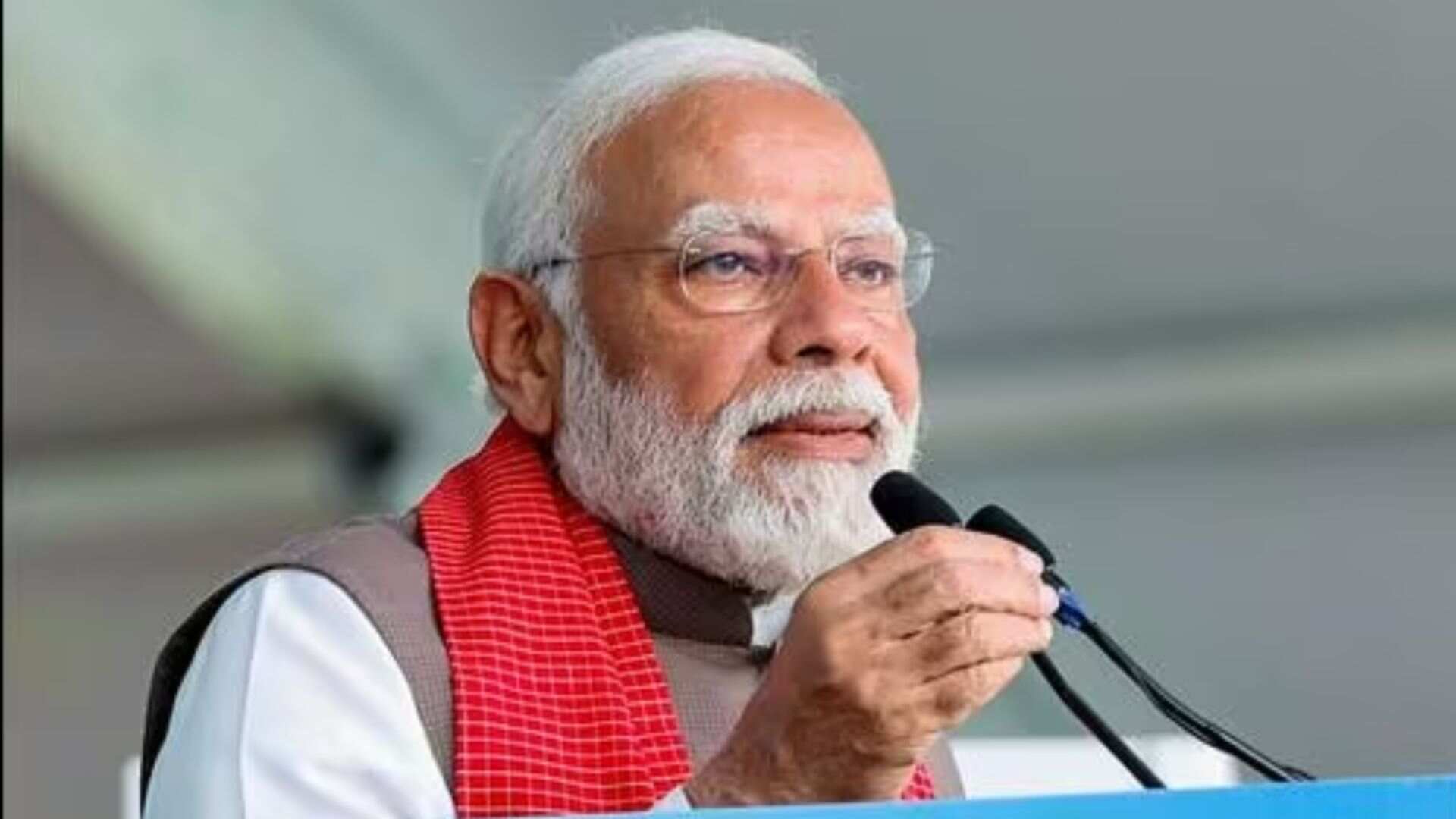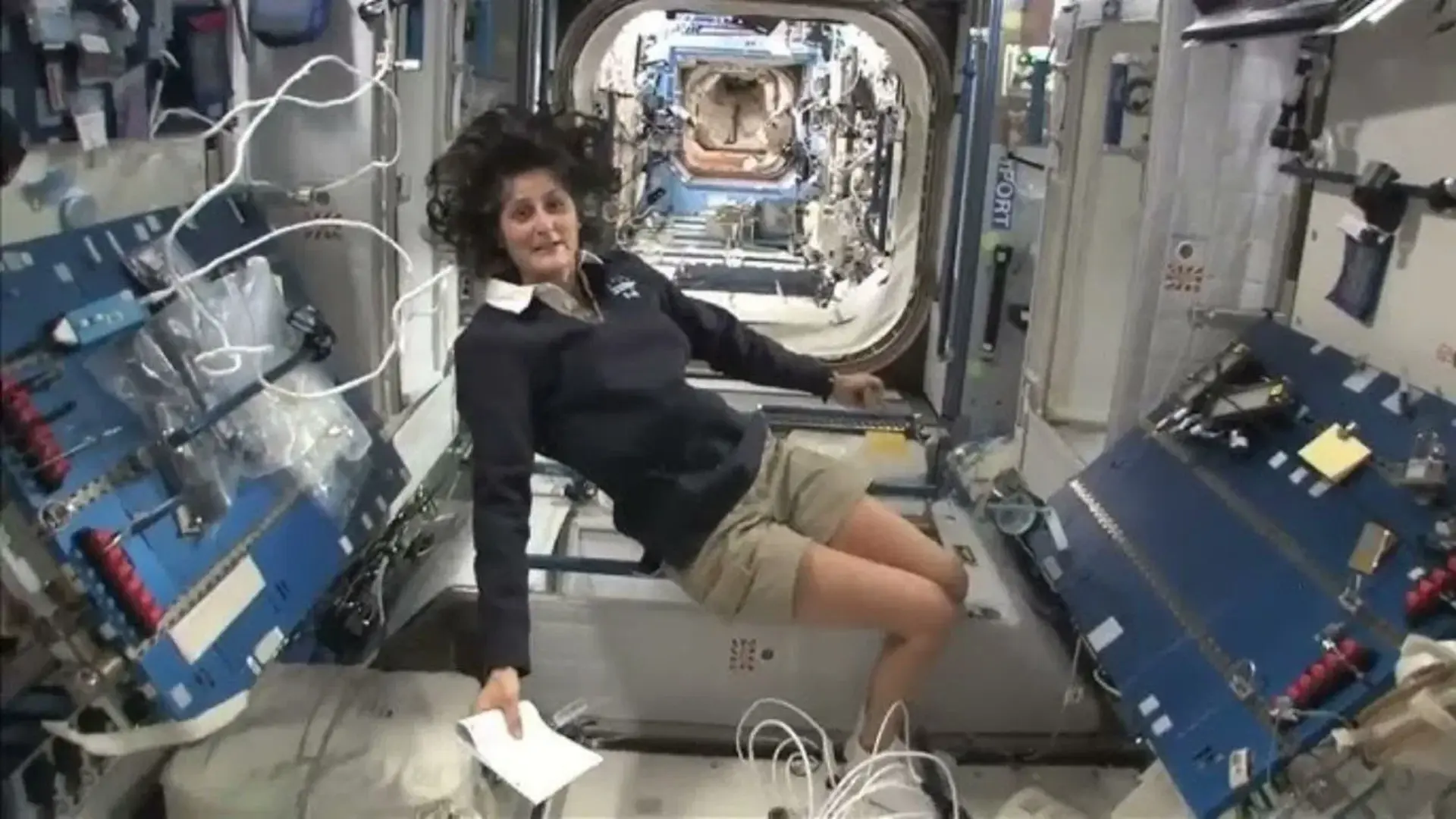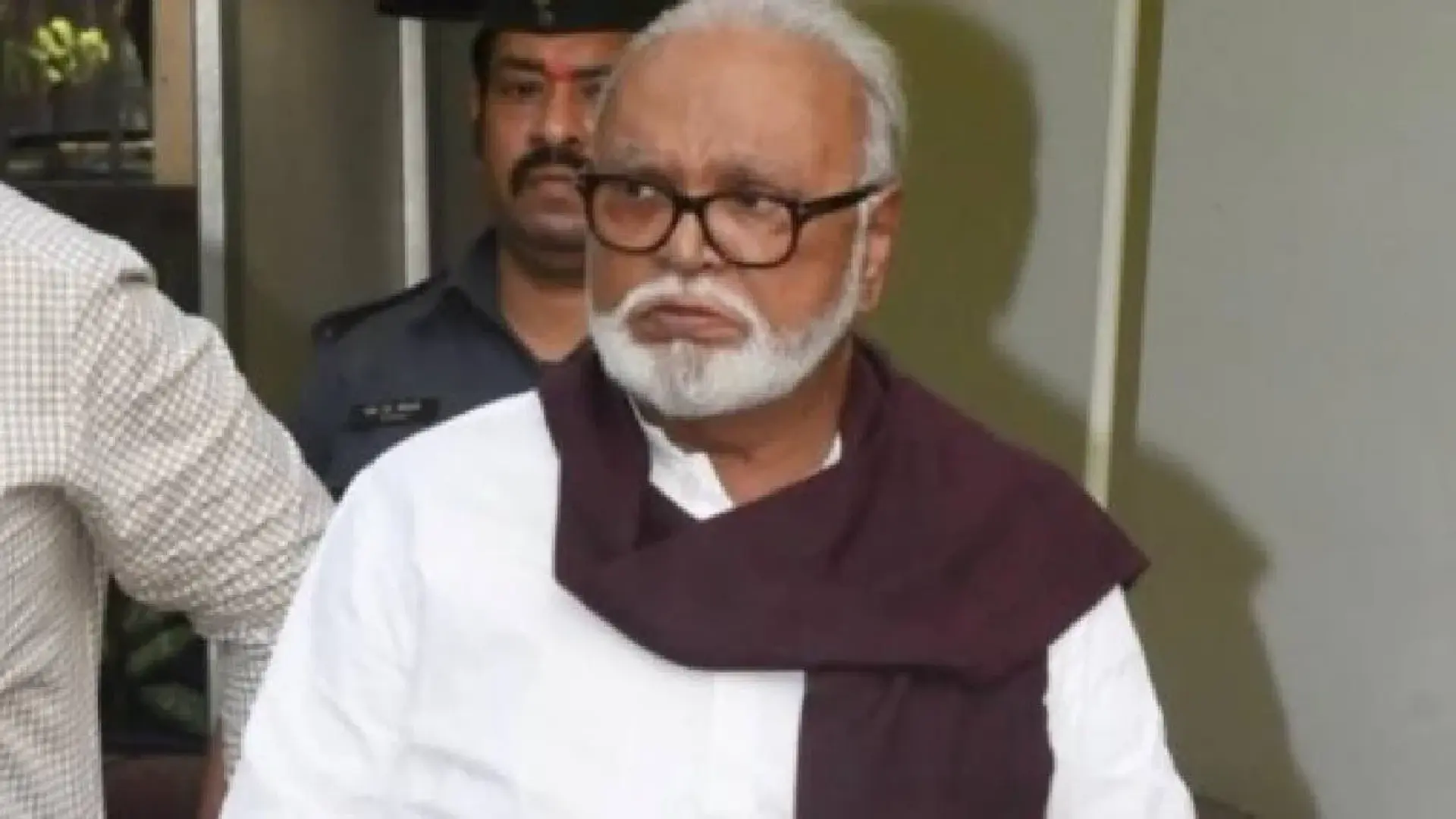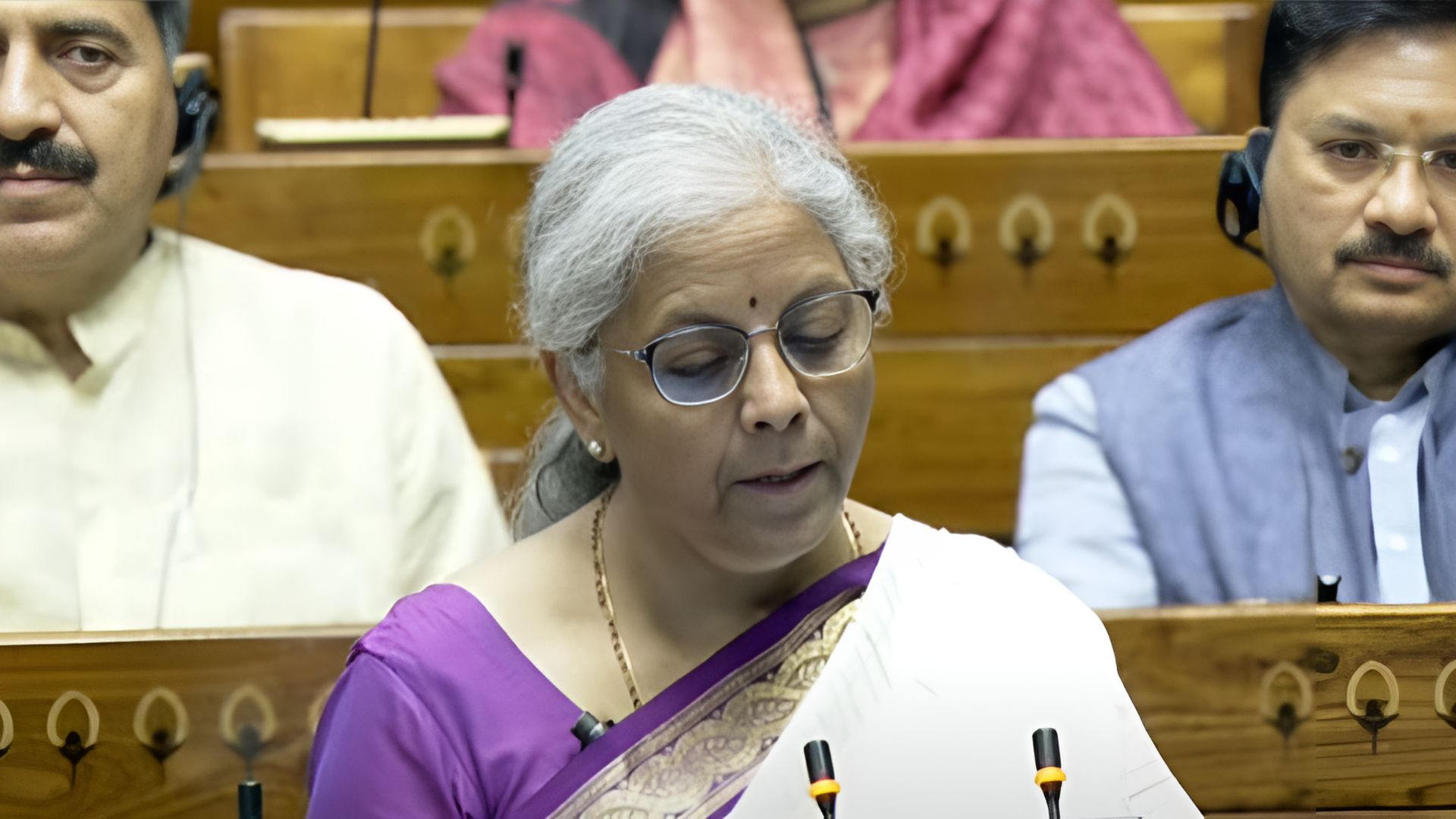
Narendra Modi is poised to begin his third consecutive term as Prime Minister on Sunday, alongside a full-strength team of NDA partners, who will also take oath at the swearing-in ceremony. Leaders from South Asian countries will be present at the event.
Modi’s third term commences on a positive note, with rising economic growth, low inflation, and optimism about India’s future as a manufacturing powerhouse. However, concerns persist regarding job creation and rural demand.
RBI Governor Shantikanta Das recently presented an assessment of the macroeconomic situation as Modi’s third term begins. The Monetary Policy Committee has decided to maintain key interest rates to balance economic growth and inflation.
India’s real GDP growth was at 8.2% in 2023-24, with continued resilience in domestic economic activity. Manufacturing and services sectors have shown strength, with indicators like PMI and GST revenues reflecting robust expansion.
Private consumption, particularly in urban areas, is recovering steadily. Retail sales of passenger vehicles and domestic air passengers have shown positive growth.
Rural demand is on the rise, supported by improvements in the farm sector. Retail two-wheeler sales and demand under MNREGA have increased, indicating a positive trend in rural areas.
Investment activity is gaining traction, supported by non-food bank credit expansion and government-led infrastructural development. Construction sector and production of capital goods have shown robust growth.
India’s external sector remains resilient, with foreign portfolio investment flows and FDI remaining robust. Foreign exchange reserves have reached a historical high of $651.5 billion.
Retail inflation has softened, but food inflation pressures persist. The outlook for CPI inflation for 2024-25 is projected at 4.5%, with risks evenly balanced.
Despite global uncertainties, India’s strong fundamentals, financial stability, and positive growth momentum position it well for sustained high growth in the coming years.















